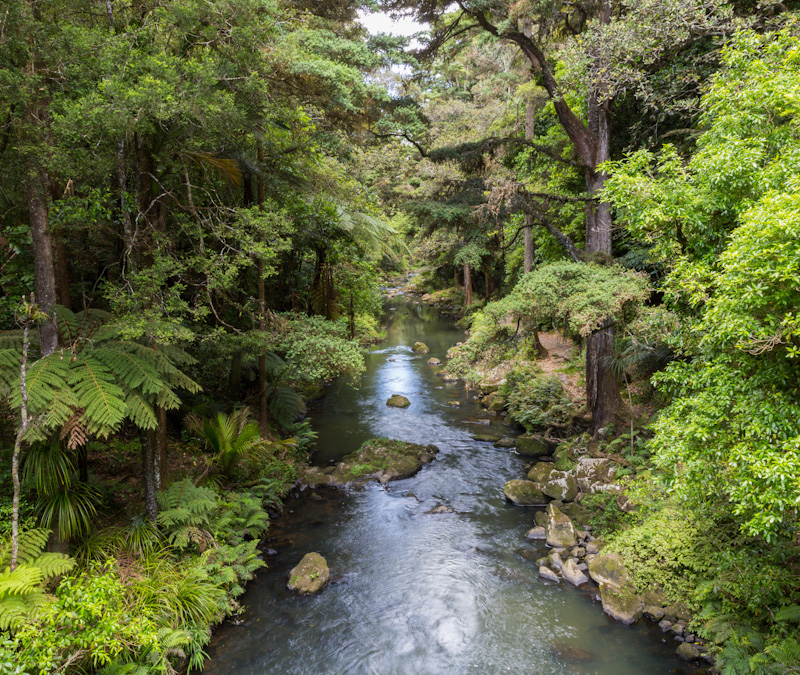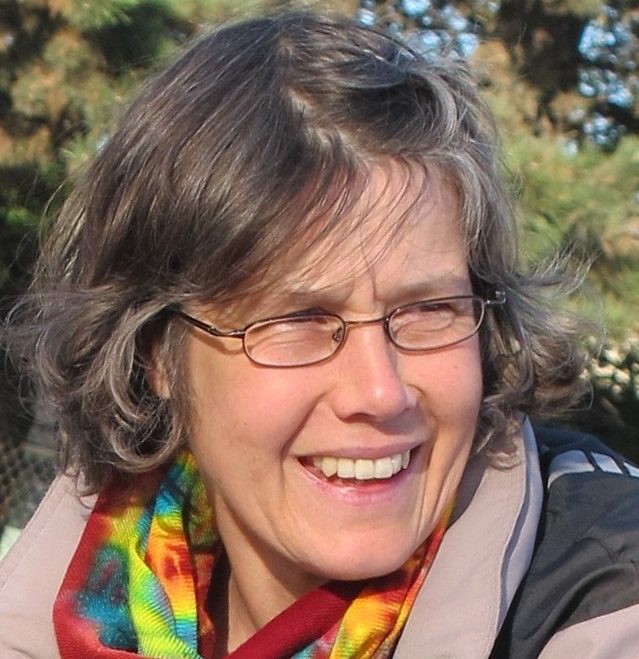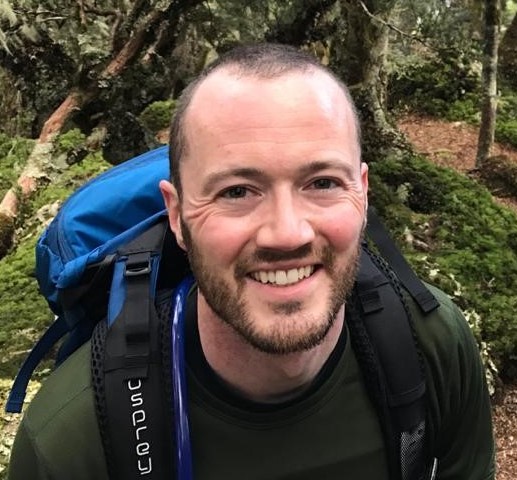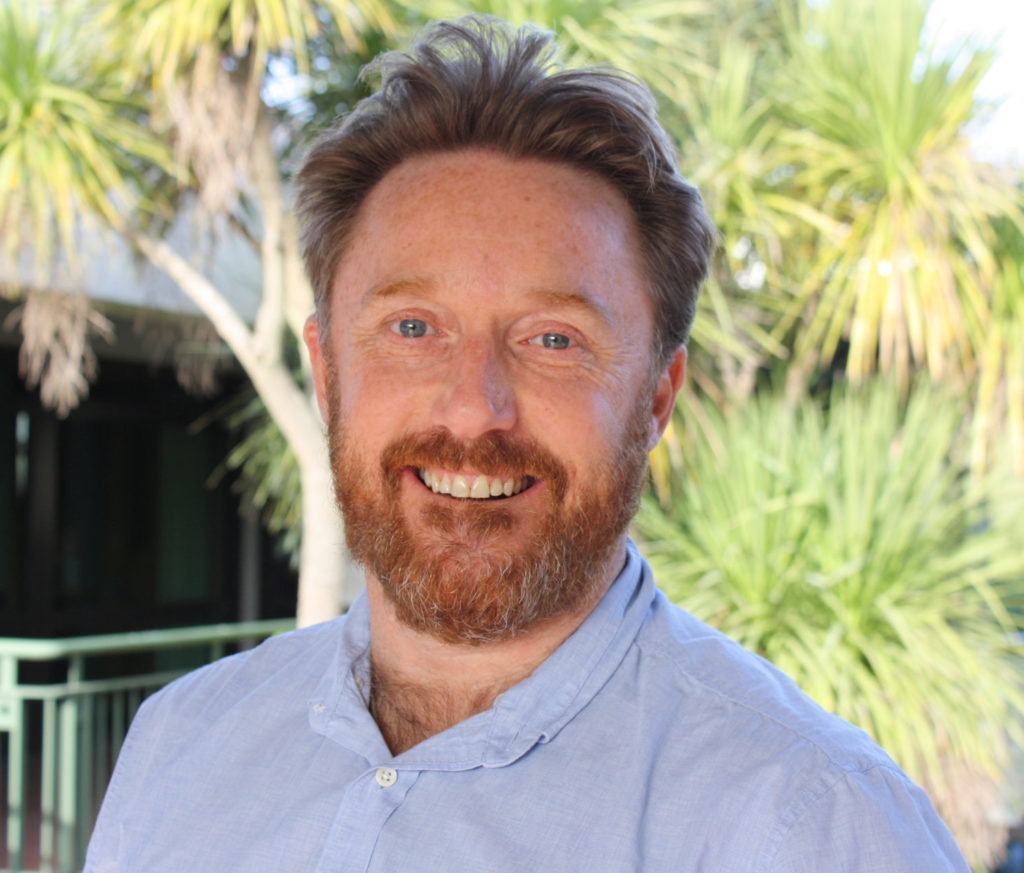Risk Assessment & Ecosystem Impacts
Developing standardised measures to quantify the impact both kauri dieback and myrtle rust are having on the wider ecosystem.

At A Glance:
We need to understand kauri dieback and myrtle rust better if we want to protect our ngahere (forest).
That’s why the goal of the Risk Assessment & Ecosystem Impacts team is to identify the effects of these diseases and management, as well as which species and ecosystems are most at risk. More detailed information will allow us to better prioritise conservation efforts and management decisions.
If we get really good data now, we will be better informed in 10, 50 and 100 years’ time about the changes in the forest ecosystems.
Our mahi (work) takes a holistic view of both the ecosystem and the pathogens – something that has long been advocated for by affected Māori communities. We are looking at the pathogen impacts on everything from ecosystem functions to human relationships, considering the effects of not only the pathogens, but also the tools and systems used to manage them.
Throughout our research we are building on previous work and strengthening the collaboration between kaupapa Māori and Western science approaches. This will make our results more meaningful to a wider range of communities and ecosystems.
Research Areas:
Ecological, cultural, social and economic indicators
With this research we are establishing indicators for assessing the impacts that kauri dieback, myrtle rust and their management have on kauri and Myrtaceae ecosystems. We are taking a holistic view that considers impacts on:
- the affected host species,
- associated species and ecosystems,
- wider ecosystem functions,
- associated cultural, social and economic functions, and
- the processes (techniques) and relationships involved in management.
We aim to do this in a way that integrates mātauranga Māori and Western science, recognising the value that each bring and helping to ensure our indicators are relevant and meaningful for mana whenua, communities, government, researchers and all others who will use them.
This work will build upon other relevant indicator frameworks, including: the MPI-funded projects to assess risks and impacts of myrtle rust, the Cultural Health Index, DOC biodiversity indicators. We will integrate these indicator frameworks and adapt them as necessary to provide a holistic view of ecosystem health.
Ecosystem characterisation
This research team is characterising affected kauri and Myrtaceae ecosystems so we can understand the risks and impacts of the pathogens, from both a Western science and mātauranga Māori perspective. We need to have a baseline of what the ecosystems looked like before the effects of severe disease, so we know what changes, and how it changes, over time.
We are not only looking at the effects of the diseases, but also what we’re doing to try and control the diseases. These actions can have a separate set of consequences and need to be recorded so we know how to best act in the future.
This mahi (work) builds on the kauri dieback and myrtle rust science plans. It also aligns with the Beyond Myrtle Rust programme looking at broad-scale impacts of Austropuccinia psidii on ecosystem functions.
Social, cultural and economic characteristaion
Humans are part of forest ecosystems too. While it is widely acknowledged that our actions can have a huge impact on native flora and fauna, the same can be said in reverse.
If we visit a kauri forest where the trees are dying, the canopy thinning, will it change how we feel about the ngahere? Will we visit less, reducing the income of surrounding businesses? If we take our children to nature less, will they still care about its preservation in 50 years?
Both kauri and some Myrtaceae species are extremely important to different communities throughout Aotearoa, so this research team is looking into the social, cultural and economic effects of their diseases and related management efforts.
But before we do, we need to figure out how to actually measure these effects. Previous research has showed a lack of agreement about how to sample this data, let alone the baseline data itself. So, for both kauri and myrtles we are asking:
- How do we create social and cultural indicators which are both relevant to mana whenua groups or communities while still being consistent and comparable across the country?
- How do we measure qualitative impacts in meaningful and socially acceptable ways?
- How do we untangle the effects of these plant pathogens from everything else that could be influencing our people?
This research area has intentionally been delayed a year, so Te Whakahononga has time to properly engage with mana whenua and enable their input into the research.
Risk assessment
In the final workstream we are bringing together findings from the other research teams to create a comprehensive risk assessment for kauri dieback and myrtle rust.
We are establishing a flexible risk assessment framework to enable a preliminary risk assessment incorporate additional findings from our other workstreams and other Ngā Rakau Taketake and BioHeritage National Science Challenge investments.
Highlights so far
- Long-term monitoring plots have been established in the Waitākere Ranges Regional Park, with the permission of Te Kawerau a Maki.
- Manaaki Whenua completed the report on “The state of Myrtaceae biomass within natural forest of New Zealand”.
- Dr Marijke Struijk has been recruited to take over from Dr Rebecca Le Grice as a Post-Doctoral Fellow at the University of Waikato. She will study the spatial and energetic structure of soil invertebrate food webs in kauri forests and to investigate how kauri dieback affects the stability of associated ecosystem functions in these unique forests.
- Tracy Godfery has been recruited as a PhD student (University of Auckland), to work within this research team and the He Tangata, He Taiao, He Ōhanga team. She will be working with mana whenua through Te Whakahononga to develop a risk assessment framework that weaves mātauranga Māori and Western science together. Tracy will start with kauri dieback and myrtle rust before expanding the framework into something adaptable for future threats.
- Toby Elliot has been recruited as PhD student (University of Auckland) to investigate the resilience of kauri populations to demographic change under multiple stressors (kauri dieback, climate) using repeated-measure plot-based data, dendroecological information, and state-of-the-art population models.
- Zoe King has been recruited as PhD student (Auckland University of Technology) to investigate microbial communities and how they may be affected by kauri dieback using molecular and biogeochemical techniques.
- Scoping of existing economic values and impacts data is now complete.
- Master Students (three at the University of Auckland; one at Auckland University of Technology) are working on the effects of kauri health on organic layer biomass and chemistry, litter decompositon, and root productivity.
Co-leads:

University of Auckland

Scion
Māori advisor:

Other key people:
- Dr Kara Allen – Manaaki Whenua – Landcare Research
- Dr Andrew Barnes – University of Waikato
- Dr Michael Bartlett – Scion
- Dr Peter Bellingham – Manaaki Whenua – Landcare Research
- Dr Bruce Burns – University of Auckland
- Dr Andrew Cridge – Scion
- Dr John Kean – AgResearch
- Dr Donnabella Lacap-Bugler – Auckland University of Technology
- Dr James McCarthy – Manaaki Whenua – Landcare Research
- Dr Julia Soewarto – Scion
- Dr Jamie Stavert – Department of Conservation
- Dr Nari Williams – Plant & Food Research, University of Auckland
Students
- Tracey Godfery (Ngāti Awa, Ngāti Tuwharetoa, Tūhoe, Ngāti Hikairo and Ngāti Maru) – PhD at the University of Auckland
- Toby Elliott – PhD at the University of Auckland
- Zoe King – PhD at Auckland University of Technology
- Siqi Yang – MSc at the University of Auckland
- Weihao Hoa – MSc at the University of Auckland
- Jaynie Yang – MSc at the University of Auckland
- Trupti Mohini – MSc at Auckland University of Technology
News
23 May: Kauri fightback: the scientists determined to control kauri dieback. University of Auckland.
Research Partners
He Tangata, He Taiao, He Ōhanga
Auckland University of Technology
University of Waikato
Manaaki Whenua
AgResearch
Plant & Food Research
Department of Conservation